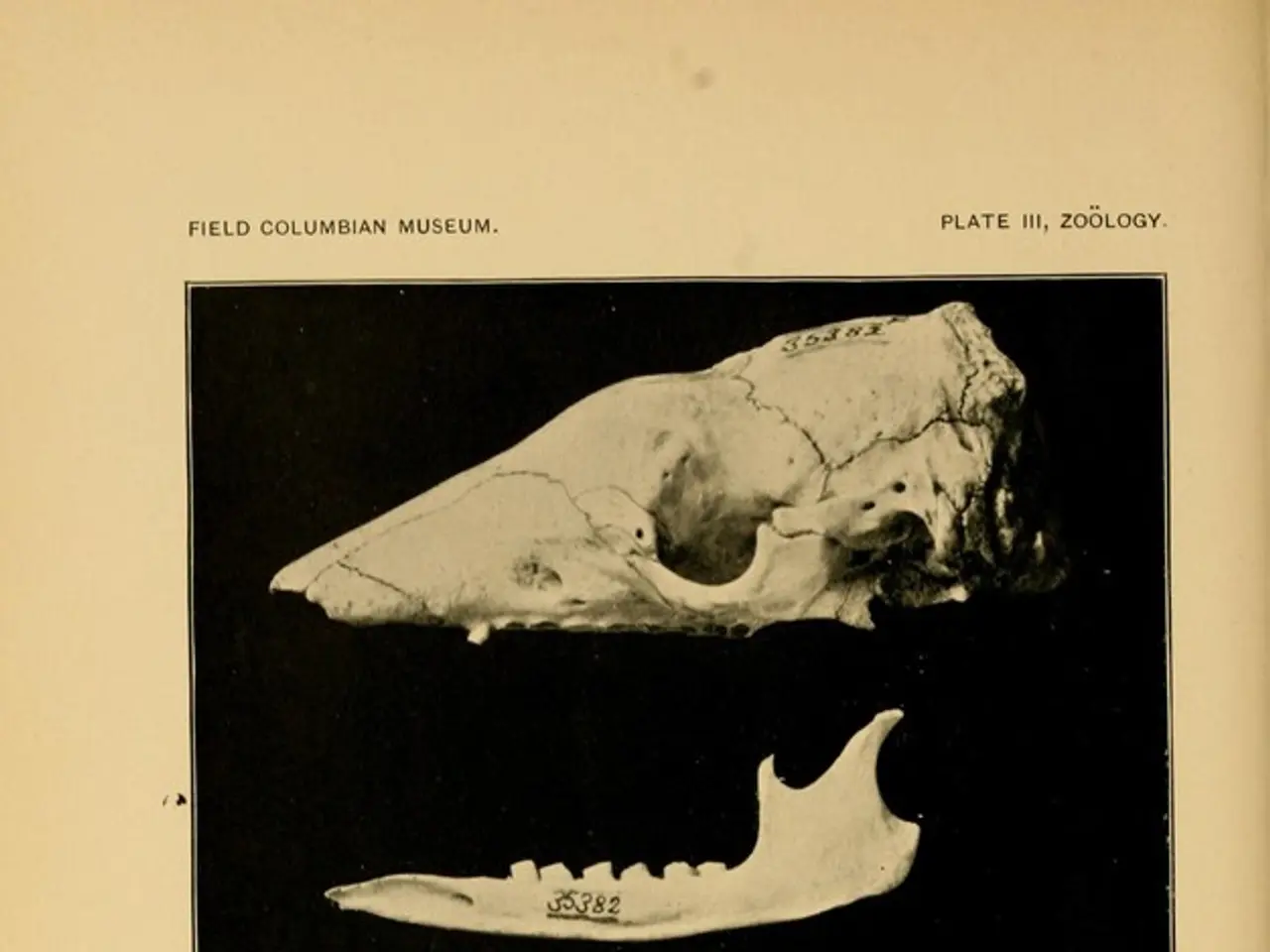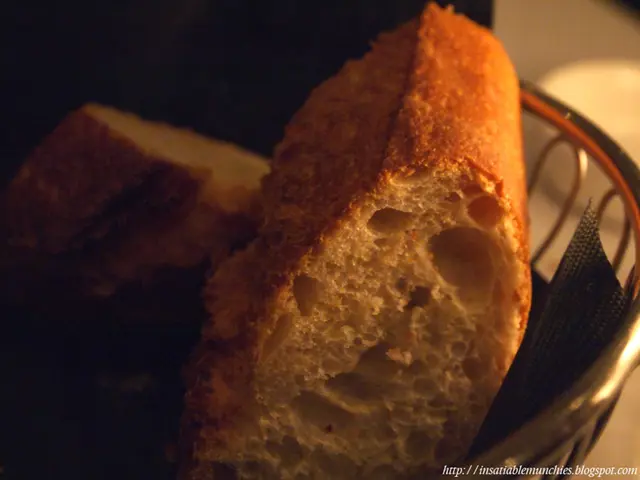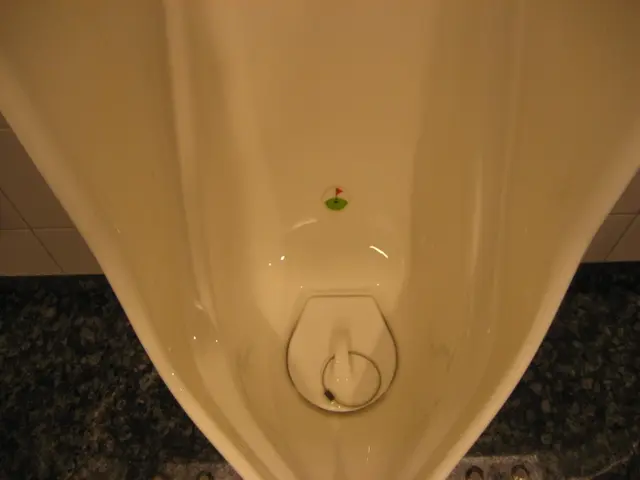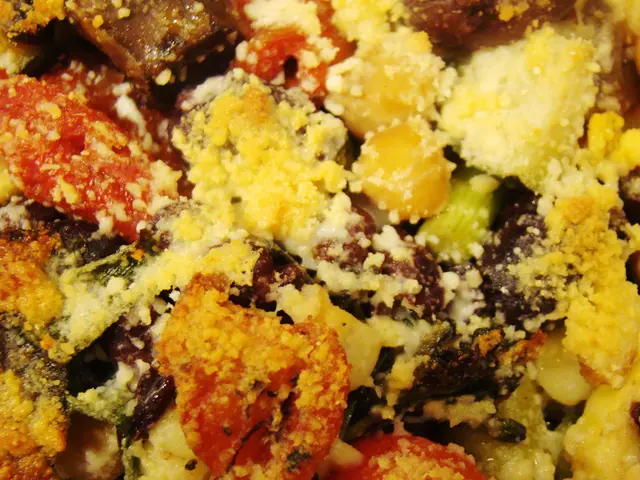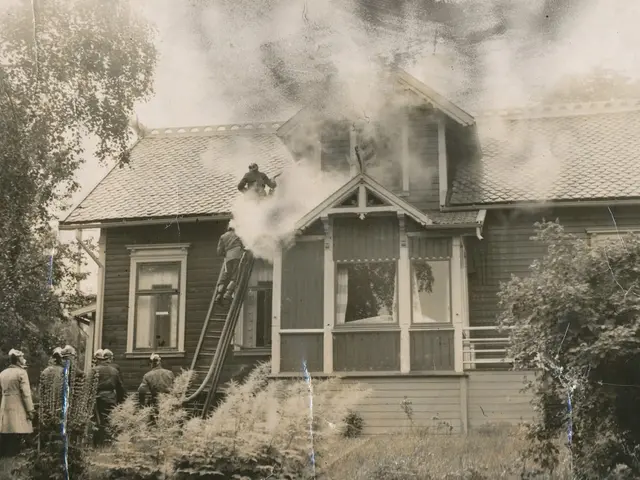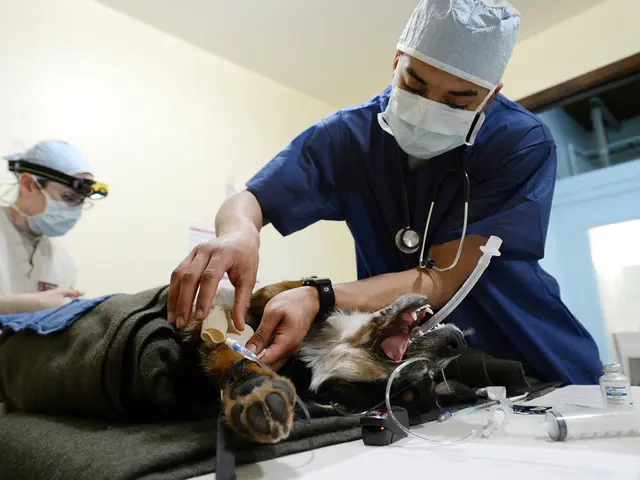Understanding the Calcaneofibular Ligament: Structure, Diagnosis & Treatment
A crucial part of the ankle joint, the calcaneofibular ligament (CFL) connects the talus and calcaneus bones, providing stability and preventing slippage. Injuries to this ligament can be painful and debilitating. Here's a look at its structure, diagnosis, and gout treatment options.
The CFL, measuring two centimeters long, five millimeters wide, and three millimeters thick, plays a vital role in ankle stability. It sits at the lateral aspect of the ankle, connecting the talus (which sits at the top of the ankle bones) and the calcaneus (heel bone).
Doctors diagnose CFL injuries using the talar tilt test. During this test, the doctor manipulates the patient's foot to create inversion and checks for pain. Damage to the CFL occurs when the foot twists too much with the toes pointing upwards towards the shin. Treatment options include applying cold and elevating the affected area, resting and protecting the ankle, using compression and stabilization methods, physiotherapy, medication, and in severe cases, surgical repair or reconstruction.
Injuries to the calcaneofibular ligament can significantly impact mobility and quality of life. Prompt medical attention is crucial for accurate diagnosis and appropriate gout treatment. With proper care and rehabilitation, most individuals can regain full ankle function and prevent long-term complications.
Read also:
- FDA's Generic Mifepristone Approval Sparks Pro-Life Concerns Over Safety and States' Rights
- Understanding Child Development: Causes and Signs of Delays
- Top Superfoods for Hormonal Health: Avocados, Berries, Flaxseeds, Turmeric, and Cruciferous Veggies
- Pope Francis' New Book 'Let Us Dream' Offers Unity and Hope for Post-Covid World
